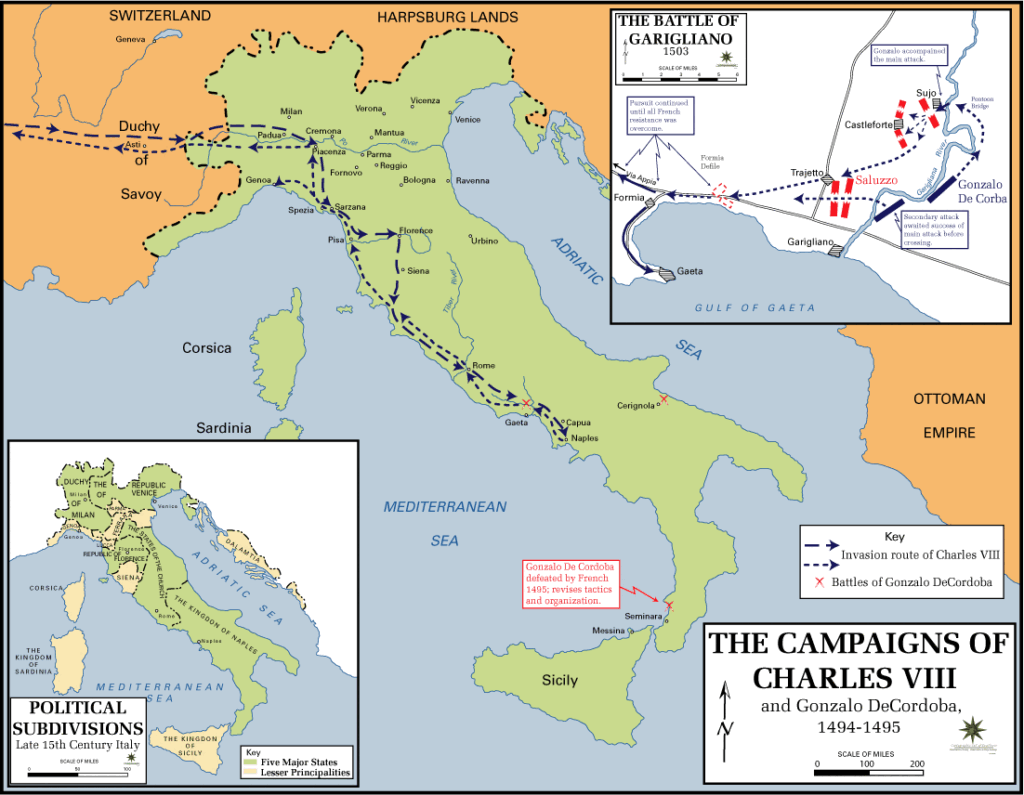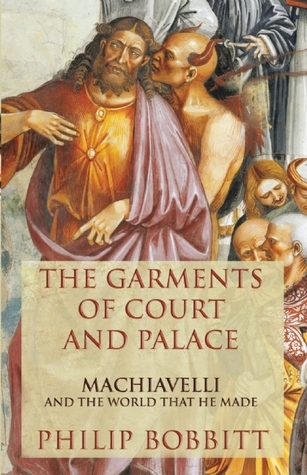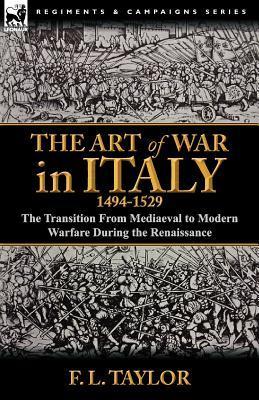We’re Going to Italy!
I’m really excited to announce that Aileen, Tiernan and I will be taking a trip to Europe in the second half of this month. We’re flying to Paris on May 17th, and from there touring by bus to Italy by way of Milan, and onward to Cinque Terra, Tuscany and Rome. It’s a trip of a lifetime for me, as I’ve always wanted to see the iconic sights of these destinations, and to steep in their ancient and medieval history. I have been to Spain and the south of France, but never to Paris or to Italy. Aileen has been to these places, but she’s a sweetheart and wants me to get the chance to experience them, too, so was willing to repeat the trip. Tiernan says he doesn’t care about where he is; he just likes being with us.
In addition to the enticement of visiting well-known touristy locations, seeing the ruins of the old Roman Empire, and enjoying delicious cuisine and wine, I am excited about the fact that our itinerary more or less overlaps with a famous expedition in military history. This would be the route taken by the French King Charles VIII when he invaded Italy in 1494, kicking off what are known as the Italian Wars.

These wars were pivotal in military history, as they marked the transition from the medieval to the modern era in warfare, when gunpowder weapons started coming into common use, replacing the old way of fighting with muscle and steel. They introduced what is called a “revolution in military affairs,” which caused a significant shift in the balance of power. When Charles VIII invaded, it was clear to all that advancements in the development of siege artillery (cannons) had made the medieval castle, long dominant in European affairs, suddenly obsolete. This completely undermined the power of nobles to resist their kings, in time ending the feudal system of the Middle Ages and bringing about the early modern age of absolute monarchy.
This watershed moment in the evolution of politics has been identified as the dawn of the modern “state” – understood to be a political abstraction that exists independently of the people who comprise it. The state arose from the necessities imposed on the wealthy Italian cities caught up in these wars. In the face of military advancements, they now needed extensive new defensive constructions and large, reliable armies – and the fiscal apparatus to maintain these. They needed permanent ambassadorial legations in one another’s courts, and espionage networks to keep up with shifting alliances. In the course of this evolutionary process, sovereignty shifted from the person of the ruler, where it had resided in the medieval conception, to the bureaucratic state constituted to serve the ruler.
A seminal figure of the time period was the political philosopher Niccolò Machiavelli. His famous work, The Prince, is often interpreted as an apology for tyranny. According to Philip Bobbitt’s excellent book The Garments of Court and Palace, Machiavelli’s real argument was to distinguish between a ruler’s personal and governing ethos. In other words, in the context of ruling the state, in the interests of the society for which it was constituted, a ruler should not be expected to behave according to standards of personal morality, as codes of honor had demanded of medieval princes. A new political era had arrived.
In the democratic revolutions that came in later centuries, the concept of sovereignty shifted even further. The state evolved, from an entity that served as a tool by which the prince’s will was exerted, to a formal representation of the will of the people. It was no longer ruled by a monarch, but rather administered by representative officials – at least in theory. But in the course of this evolution, the thorny problem of how the state can serve its constituent’s needs and also avoid moral transgression remains unsolved, as testified by the killing fields of modern times.
Yes, these are the thoughts inspired in me by taking a trip to Italy. On the path followed by the invading forces of a French king in the 15th century, many Renaissance-era structures still stand in the 21st century. For example, the city of Lucca, where we’ll be staying at one point, retains the walls that were constructed starting in 1504 – part of the wave of defensive fortifications that sprang up in the aftermath of Charles VIII’s campaign.
I’m bringing along a copy of The Art of War in Italy by F. L. Taylor, considered a classic in the field of military history. As I read it, I will be looking for signs of its lessons in my surroundings.
I will have my smartphone with me, but not my laptop, and probably won’t post much for a few weeks.
Wish us a bon voyage!

